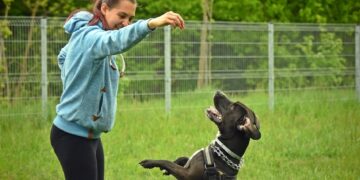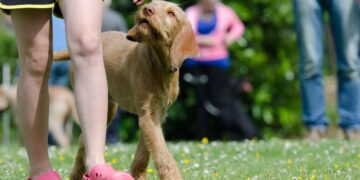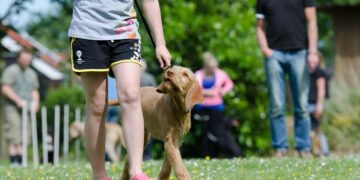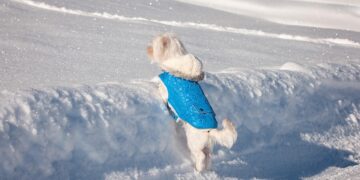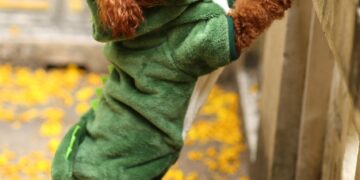Top Mistakes to Avoid: Dog Training Tips for Beginners
Training a dog can be a rewarding journey, filled with plenty of fun, bonding, and some challenges along the way. Whether you’re teaching basic obedience or more complex tricks, avoiding common training mistakes can help you and your furry friend succeed. This guide will walk you through key errors to steer clear of, equipping both novice and experienced dog owners with essential insights to enhance their training techniques.
The Importance of Consistency
Lack of Routine
One fundamental mistake in dog training is the lack of a consistent routine. Dogs thrive on predictability. Training your dog at the same times each day helps them understand what is expected of them, thereby reducing anxiety and improving focus. For example, if you teach the command “sit” in the morning, continue to reinforce this during various parts of the day. This doesn’t only apply to commands but also to feeding, walks, and quiet times, creating a structured day that makes training more effective.
Mixed Messages
Another consistency issue is giving mixed messages. Using different commands for the same action can confuse your dog, hindering their ability to respond correctly. If you use “come” one day and “here” another, your dog might not make the proper connection. Decide on a specific set of commands and stick to them, ensuring everyone in your household does the same.
Understanding Reinforcement
Negative Reinforcement
While training, some might lean towards negative reinforcement to discourage undesirable behaviors. However, this can often lead to fear, anxiety, or aggression. Instead, focus on positive reinforcement techniques such as treats, praise, or playtime when your dog correctly follows a command. This not only builds trust but also makes learning a positive and enjoyable experience for your dog.
Overdoing Treats
Although treats are effective as positive reinforcements, relying too heavily on them can backfire. If a dog learns to perform actions solely for treats, they may not respond when you don’t have them at hand. Balance treat-based rewards with verbal praise and petting, gradually reducing the frequency of treats once your dog masters a behavior to ensure they obey out of habit and respect rather than just for a snack.
The Role of Patience and Timing
Losing Patience
Training a dog requires a great deal of patience. Dogs learn at different paces, and showing frustration or anger when things don’t progress quickly can harm your bond and impair their learning capability. Maintain a calm demeanor, offering encouragement rather than scolding. If you find yourself losing patience, take a break and try again later. Remember, it’s a learning process for both of you.
Poor Timing in Corrections
Correcting your dog long after a misbehavior has occurred or not immediately after a correct behavior is another common pitfall. Dogs connect actions and reactions quickly; thus, timing is crucial. If your dog does something wrong, correct them right away so they understand what not to do. Similarly, reward good behavior immediately to reinforce that action.
Avoid Training Inconsistencies
Inconsistent Training Sessions
A sporadic training schedule can hinder your dog’s learning. Instead of lengthy, infrequent sessions, aim for shorter, more consistent training periods. For example, fifteen minutes twice a day can be more effective than an hour once a week. This keeps lessons fresh in their mind and maintains their interest in learning.
Not Graduating Challenges
Finally, a common mistake in dog training is not increasing the challenge as your dog gains skills. Start with simple commands in a quiet environment and gradually move to more complex tasks in more distracting settings. This helps reinforce learning and keeps your dog engaged. For instance, once your dog masters “sit” at home, try practicing it in a park where more distractions exist.
Conclusion
Dog training is as much about building a loving relationship as it is about teaching commands. By avoiding these common mistakes, you can ensure a smoother and more enjoyable training process. Stay patient, be consistent, prioritize positive reinforcement, and most importantly, enjoy the time spent with your dog. With the right approach, training can strengthen the bond between you and your pet, leading to a harmonious and happy coexistence.










